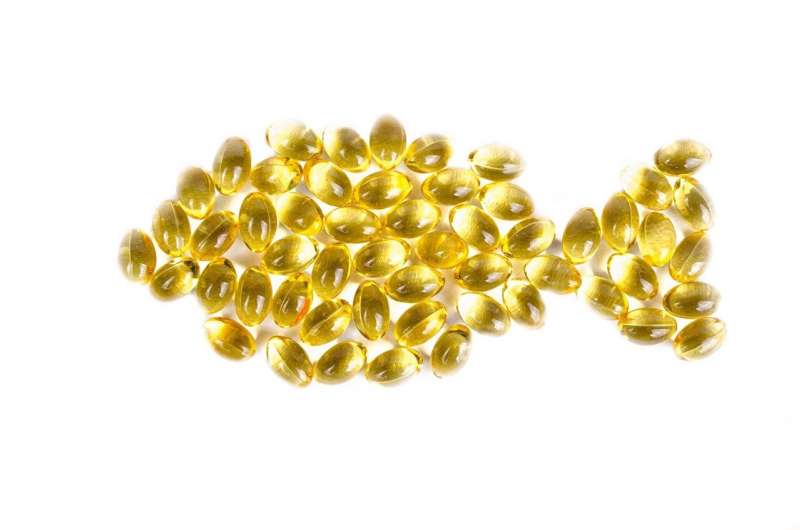In a significant advancement for regenerative medicine, researchers from Penn State have developed a novel biomaterial called acellular nanocomposite living hydrogels, or LivGels, which closely mimics the extracellular matrix (ECM) found in human tissues. This material has the potential to revolutionize not only regenerative medicine but also applications in disease modeling and soft robotics.
Understanding Extracellular Matrices
The extracellular matrix is a complex network of proteins and molecules that provides structural and biochemical support to surrounding cells. It plays a crucial role in various physiological processes, including cell adhesion, migration, and differentiation. The inadequacies of previous synthetic materials have hampered their practical application in mimicking the ECM.
The Breakthrough in Biomaterial Development
The research team aimed to overcome the limitations of existing materials. They published their findings in the journal Materials Horizons, where their work was also featured on the cover. According to Amir Sheikhi, lead author and associate professor of chemical engineering, "Our aim was to develop a cell-free material that dynamically mimics the behavior of ECMs." This innovative approach resulted in a hydrogel that possesses both self-healing properties and the capacity to respond mechanically to external forces.
Key Features of LivGels
- Cell-free composition: Completely composed of biological materials, avoiding synthetic polymers.
- Dynamic mechanical response: Mimics the way ECMs respond to mechanical stress via nonlinear strain-stiffening.
- Self-healing capabilities: Restores integrity after mechanical damage through dynamic bonding.
Composition and Functionality
The LivGels consist of "hairy" nanoparticles, or nLinkers, which are made from nanocrystals with disordered cellulose chains. This unique composition allows for anisotropic properties, effectively enabling self-healing through both covalent and ionic bonding. The nanoparticles dynamically bond with a modified alginate biopolymer matrix, a natural polysaccharide derived from brown algae.
Comparison of LivGels with Traditional Hydrogels
| Feature | Traditional Hydrogels | LivGels |
|---|---|---|
| Self-healing | No | Yes |
| Mechanical Responsiveness | Limited | Dynamic and responsive |
| Biocompatibility | Variable | High |
Applications and Future Implications
The implications of this innovative biomaterial are vast. Potential applications include:
- Tissue scaffolding: Providing a supportive environment for tissue repair and regeneration.
- Disease modeling: Allowing researchers to simulate tissue behavior and study disease progression.
- 3D bioprinting: Developing customizable hydrogels for a variety of uses.
- Soft robotics: Creating adaptable devices with mechanical properties that mimic biological tissues.
Next Steps in Research
The research team is focused on optimizing LivGels for specific tissue types and exploring their in vivo applications. Furthermore, they are investigating the integration of LivGels within 3D bioprinting frameworks and their potential use in dynamic wearable or implantable technologies.
“Our research opens up new avenues for the application of biomaterials in regenerative medicine, offering numerous solutions to previously encountered challenges.” – Amir Sheikhi
Conclusion
The development of LivGels marks a significant stride in the field of biomaterials, combining the features of biological tissues with advanced engineering capabilities. This breakthrough not only enhances our understanding of ECMs but also paves the way for innovative solutions in regenerative therapies and numerous related fields.
References
[1] Koshani, R., et al. (2024). Nano-enabled dynamically responsive living acellular hydrogels. Materials Horizons.
[2] Lifespan.io














Discussion